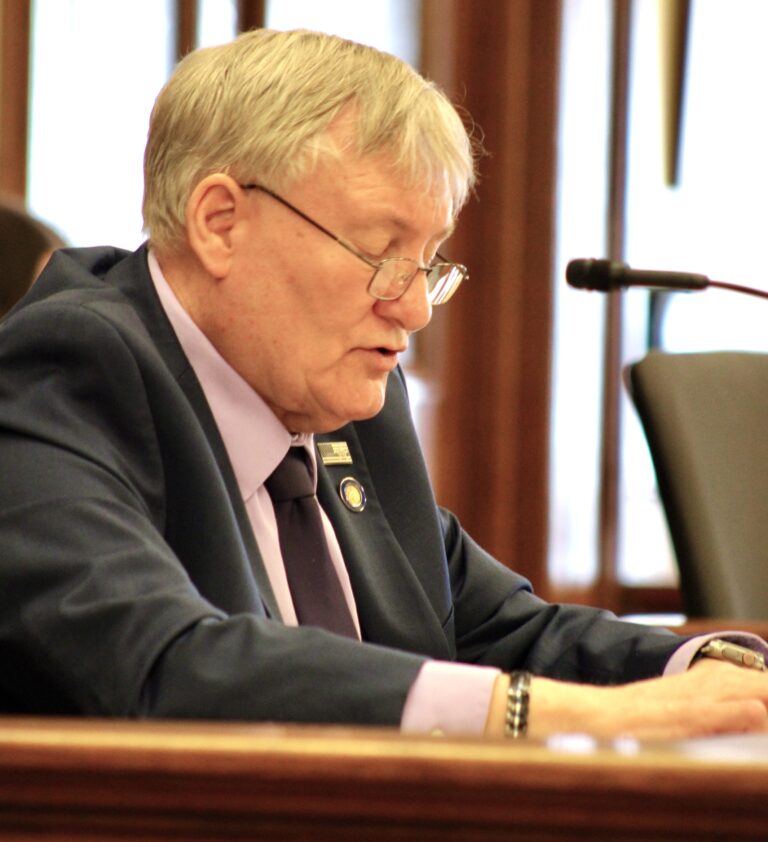Weekly Fiscal Facts are provided to Wisconsin Newspaper Association members by the Wisconsin Policy Forum, the state’s leading resource for nonpartisan state and local government research and civic education. The Wisconsin Policy Forum logo can be downloaded here.
As COVID-19 upended the lives of students around the state, schools across Wisconsin saw a troubling increase in chronic absences. Moreover, the highest rates of absenteeism occurred in schools with greater numbers of students of color and from low-income households, thus posing an additional threat to efforts to bridge the state’s longstanding achievement gaps for these students.
Wisconsin’s K-12 schools reported a sharp increase in absenteeism in the 2020-21 school year. Although an increase in absences is expected during any pandemic due to sick days and quarantines for students, it is worth considering both its impacts and potential responses.
Since 2019, chronically absent students have been defined in Wisconsin as those who have missed more than 10% of possible school days. The pandemic, however, introduced difficulties for comparing 2021 to other years. Although the definition of chronic absenteeism remained consistent, the definition of an absence did not. Reported numbers of absences may be underestimates because districts had varying, and oftentimes less strict or at least different, guidelines for taking attendance.
In 2017, 12.4% of the state’s public school students were identified as chronically absent. By 2021, the most recent year for which statewide data on absenteeism are available from the Wisconsin Department of Public Instruction (DPI), that number had risen to 16.1%.
Research has tied high rates of chronic absenteeism to lower student achievement, decreased student mental health, higher dropout rates, and more challenges in adulthood. Most concerning, we find that absenteeism was highest in schools with large shares of students from low-income households and students of color – groups that already face challenges in school.
Two basic factors led to the increase in this percentage: a rise in the number of chronically absent students and a drop in the overall number of enrolled students. From 2017 to 2021, the number of chronically absent students rose by 23,924 students (from 99,969 to 123,893), an increase of 23.9%. Simultaneously, in this dataset the number of students enrolled in public schools decreased by 4.5%, from 804,031 to 767,666.
New statewide data on absenteeism rates for the 2022 school year are set to be released this spring. If the uptick in absenteeism continues, districts may need to further expand after-school tutoring and summer school as tools to make up at least some of the lost learning.
In many districts, federal pandemic relief aid may still be available to fund these and other recovery efforts. However, in deliberations on the next state budget, state policymakers – who now will decide how best to use a state budget surplus projected to be $7.1 billion — may also see a role for statewide intervention and financial support.
This information is a service of the Wisconsin Policy Forum, the state’s leading resource for nonpartisan state and local government research and civic education. Learn more at wispolicyforum.org.



